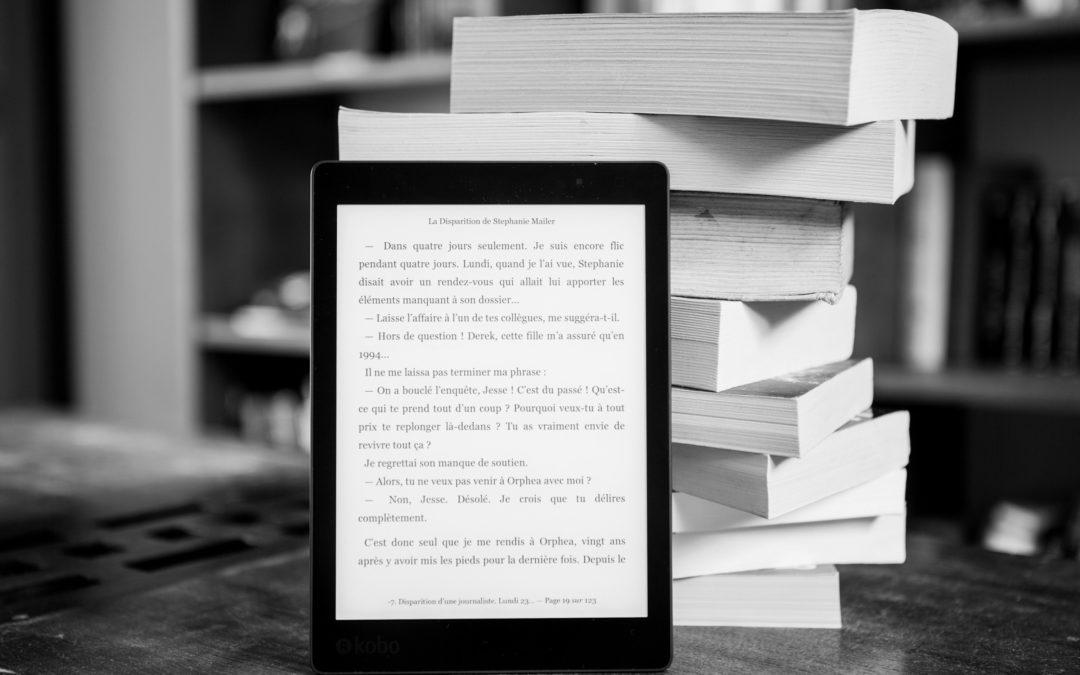
Does your Novel need an Epilogue?
What is an Epilogue?
In fiction writing, an epilogue is a literary device that functions as a supplemental, but separate, part of the main story; it is a sort of commentary that enhances the story. It appears after the main narrative, i.e. at the end of a story, and it is separate from the final chapter.
An epilogue is often used to reveal the fates of the characters in a story, or to provide important information that wasn’t covered in the climax, falling action or denouement parts of the novel, or to indicate the aftermath and consequences of events in the story.
You need a clear reason for writing an epilogue. It should not be used simply to wrap up any loose ends, something which you should have done towards the end of your main narrative. Without a good reason for including an epilogue, readers will see it as a clumsy attempt to make up for poor plot structure or a weak ending to your story.
It’s usually better to keep an epilogue rather brief so the reader does not get the sense that a whole new story is starting. If the epilogue is especially short, it may even be in italics.
How it Differs from an Afterword
An afterword is typically written by someone other than the author and describes how the book came into being. In an afterword, the author or a third party speaks to the readers directly.
An epilogue is always set at some point in the future after the main events of the story have taken place, and the writer speaks to the readers indirectly, through the point of view of a different character.
In this regard, decide on a point of view from which to write the epilogue. Keep it consistent with the rest of the novel and maintain the same vantage point as the manuscript. For example, if the story was written in the first person, then avoid writing the epilogue in the third person.
What does a Good Epilogue do?
Only write an epilogue if you absolutely must — don’t use it in place of a solid and satisfying ending. The epilogue should only contain information that is critical to the main story, supplementing a reader’s understanding of what has transpired and providing a strong resolution.
Why include an Epilogue?
There are various reasons why you might include an epilogue in your book:
- To add to the development of character by telling readers what happened to them after the story has ended. If you’ve written a compelling story, readers will be invested in your characters and their fates. Suggesting the future for the protagonist and other characters is an important consideration in series fiction or if you’re planning a sequel.
- To share a core character or narrator’s final reflections. It gives you a chance to show how the events of the entire story impacted the characters — the lessons they learned, and how they have grown. An epilogue that has characters reflecting on prior events, having them experience the past from a new vantage point, may be emotionally satisfying for the reader.
- To bring closure, covering any loose ends of your story and resolving those issues that were not addressed in the climax, falling action or denouement. While all major issues should have been resolved within the main narrative, it is possible that other, less important ones, remain outstanding. Clarifying or resolving these may bring the reader some satisfaction.
- To wrap up story events after a traumatic or violent climax. This is an especially important technique when the ending is abrupt or surprising or even ambiguous. It diffuses tension and helps the reader process the ending of the story. If your story’s ending raises more questions than it answers, you will either need to rewrite it or create an epilogue to resolve the problem.
- To make the story seem realistic. For example, the epilogue can be written from the POV of one of the characters to explain how matters unfolded after the events related in the story. Or, if the ending of your story was dramatic, even traumatic, the epilogue can assure readers that the protagonist has survived or healed. The epilogue can also be an opportunity to take a different perspective on the characters and their world, which might seem incongruous within the main story.
- To reiterate the importance of what the story is trying to say. An epilogue can be a good way to remind readers of the central themes and lessons of your story, and to highlight the consequences and results of events in the story. Since an epilogue is its own standalone short section, you can shape the structure to focus on some of the things you want readers to take away with them. In this way, the author can use the epilogue to direct the reader towards a particular interpretation of the story.
- To hint at a coming sequel or the next instalment of a story. If you are setting up the possibility of a sequel or a series of novels, an epilogue is a good way to let readers know they haven’t heard the last of these characters. Hinting at events that are already underfoot in an epilogue is an effective way to keep readers intrigued and on the lookout for your next instalment. Some epilogues do more: they introduce a twist, or a new, suspenseful development related to the main story arc to make readers keen to obtain the next part of the story.
- To foreclose the possibility of a sequel. Proving the reader with an ‘I want you to know this is the absolute ending’ as a conclusion in the epilogue, communicates the author’s intent; it does not add something relevant to the story arc.
Final Words
When done well, an epilogue can have a big impact on readers, providing a sense of closure in a way that a final chapter sometimes cannot, or does not, do. But remember that not all issues need resolving to complete a story ‒ in some instances it may even detract from the reader’s satisfaction to do so. The best books engage the reader’s imagination in some way.
An epilogue is an effective way to give readers an idea of what happened after the story ended. The tricky part, however, is not to get sucked into the trap of making an epilogue the actual end of the story. If the information is crucial to the story, it shouldn’t be in an epilogue, it should be in the final chapter.
It’s also worth noting that many readers admit to skipping the front- and/or end matter of a book, so ensure there is nothing vital to the story included in the epilogue.














